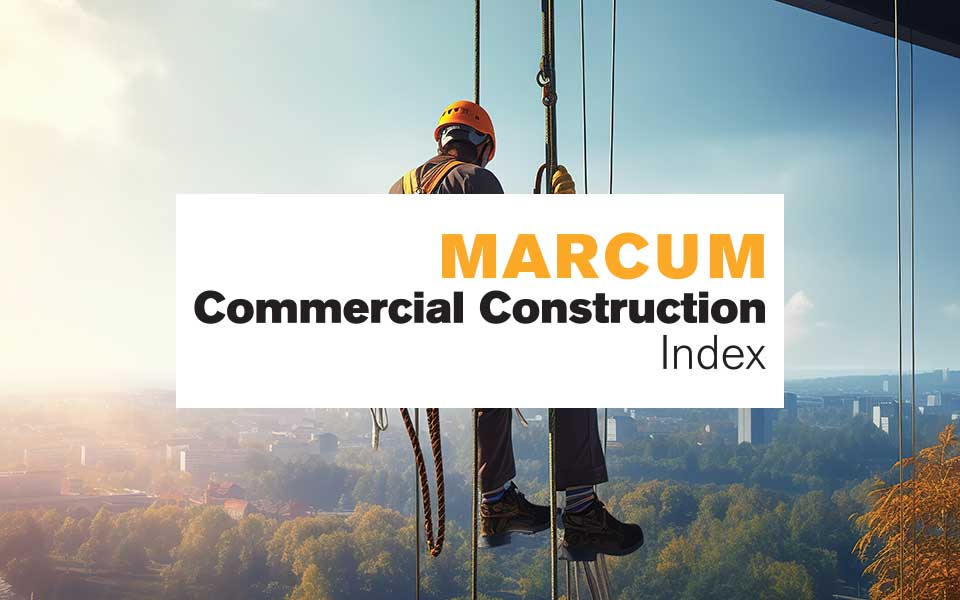Second Quarter Construction Update: The Good, (The Strictly Okay), The Bad, and The Ugly
By Anirban Basu, Chief Construction Economist, Marcum LLP
Issue 44 – Second Quarter 2023
The economy has held up better through the first half of 2023 than quite literally anyone predicted. While a recession seemed like a near certainty at the start of the year, the possibility of a soft landing is now firmly in play. Despite the improved outlook, however, several risk factors remain at play; inflation is still well above the Federal Reserve’s 2% target, the goods side of the economy is contracting, and consumer spending has softened due to rapid price increases over the past two years.
Contractors, meanwhile, continue to grapple with labor shortages and elevated material prices. Certain construction segments (like manufacturing) will retain momentum throughout 2023, while others have weakened in the face of higher interest rates and tighter credit conditions.
The Good
Manufacturing Construction
Manufacturing-related construction—propelled by the Inflation Reduction Act, the CHIPS Act, and the reshoring movement—continues to rise at an astonishing pace, up by more than 100% since the start of 2022. For context, manufacturing accounted for less 9% of all nonresidential construction spending at the start of the pandemic but now accounts for more than 18%. Because of the size, scale, and anticipated duration of many of these projects, not to mention the rate at which they’re being announced, manufacturing-related construction spending should remain elevated through the remainder of 2023.
The Strictly Okay
Commercial Construction
Commercial construction spending rose rapidly from the third quarter of 2020 through the fourth quarter of 2022, up more than 50% over that span due to increased demand for warehouse and other distribution-related space, but that momentum has since dissipated. Spending in the segment declined by about 1% during the first half of 2023, and that’s in nominal terms; the contraction is even steeper after adjusting for inflation.
The Bad
Oil and Gas-Related Construction
Construction spending in the power category, which encompasses oil, gas, and electric, has yet to rebound from the steep decline experienced during the early months of the pandemic, and while spending increased nearly 10% since the middle of 2022, much of that momentum is due to renewable energy projects and publicly financed power-related construction.
The Ugly
Commercial Real Estate and Credit Conditions
The Federal Reserve raised the target range of the federal funds rate to 5.25-5.50% at their July meeting. While this was expected, it was also the eleventh rate hike since the Fed began tightening monetary policy in March 2022 in an effort to suppress inflation.
Resources
Click here to download the latest Marcum Commercial Construction Index >>
Click here to download the latest Marcum Commercial JOLTS Analysis >>
Click here to download the latest Marcum-PAS Contractor Compensation Quarterly >>




















